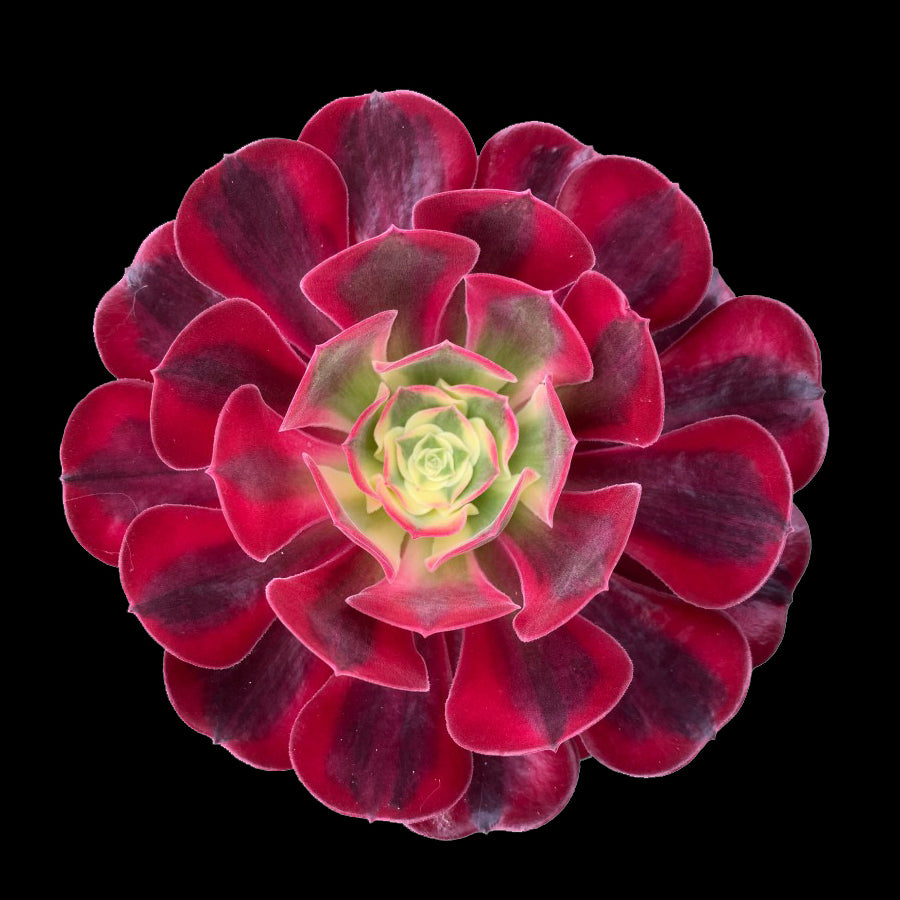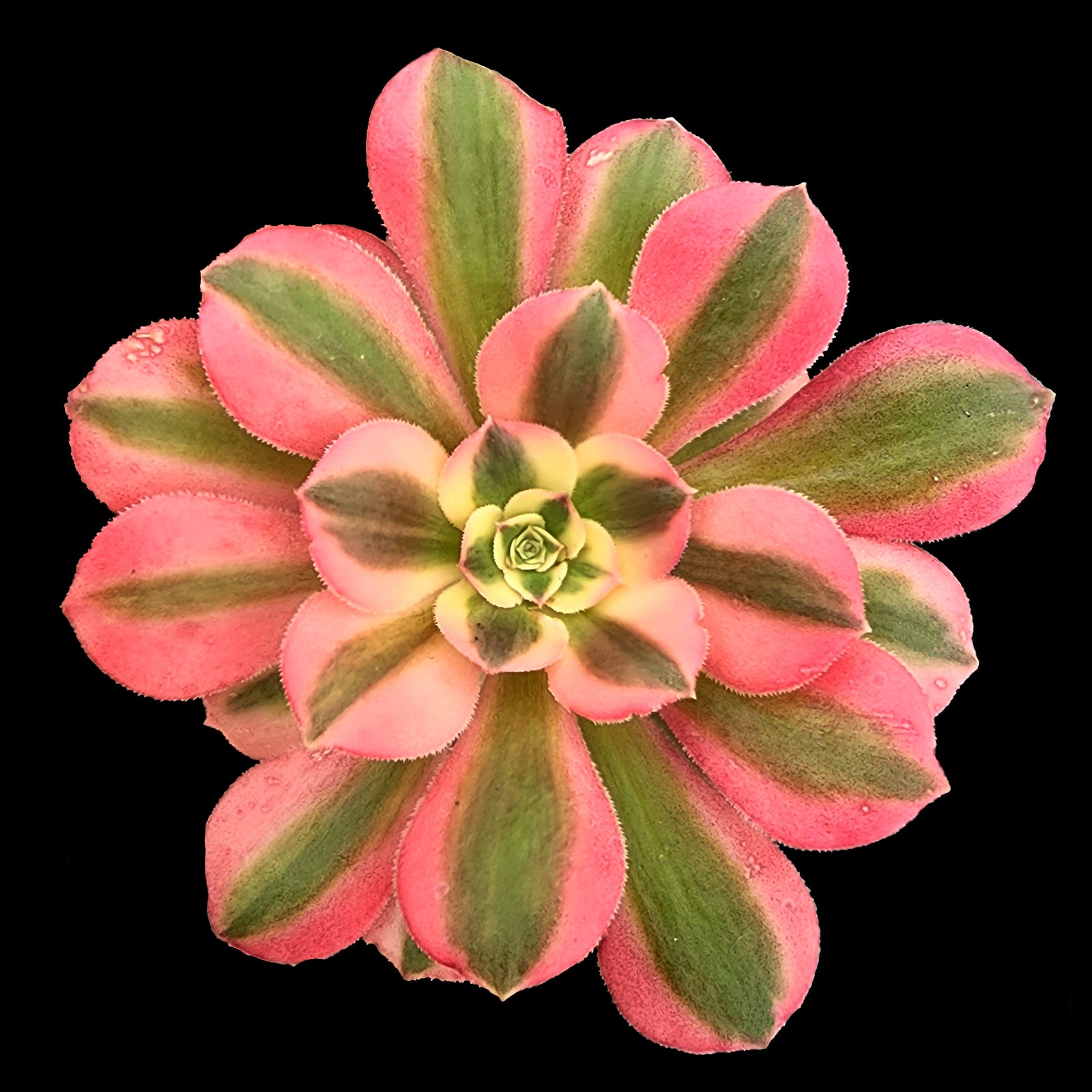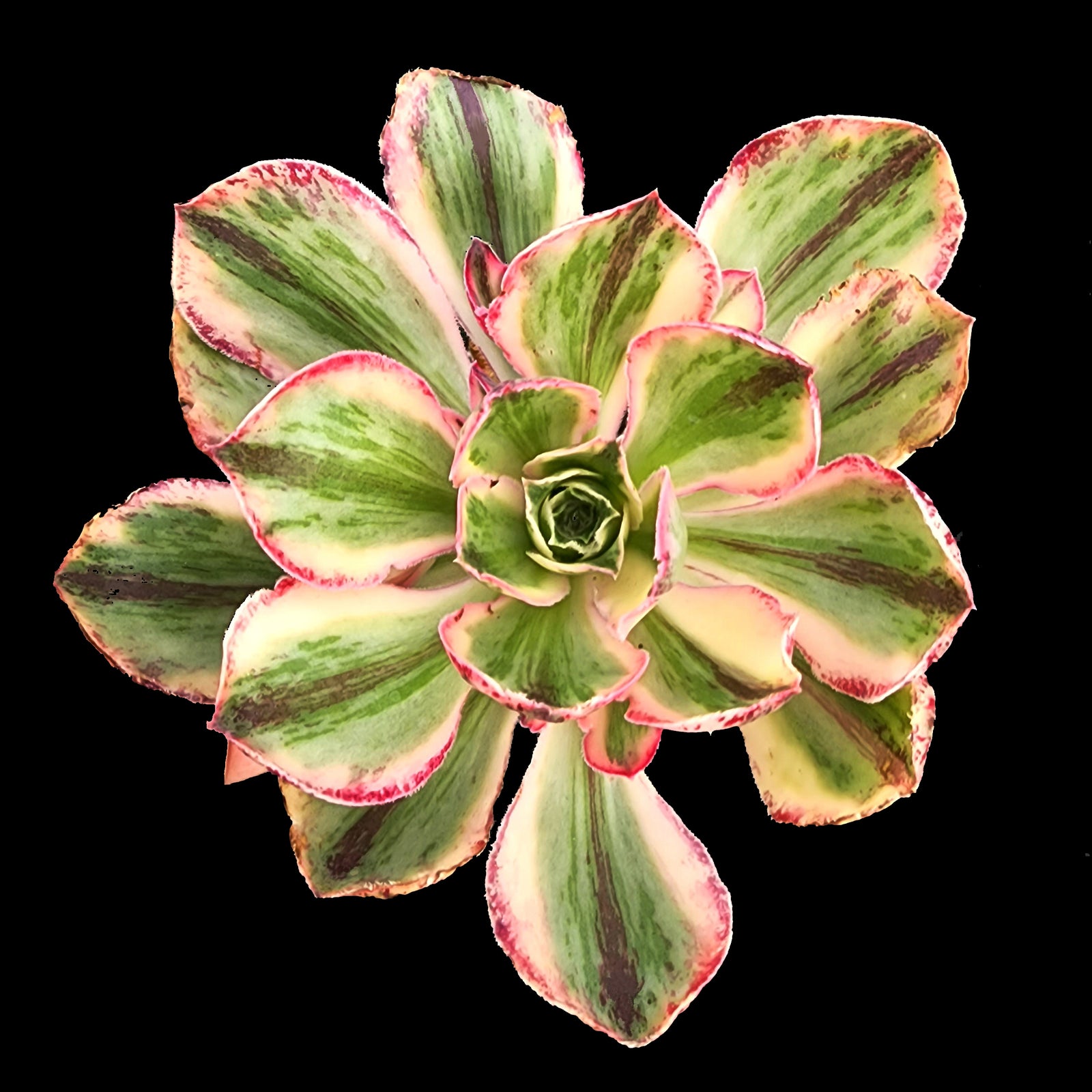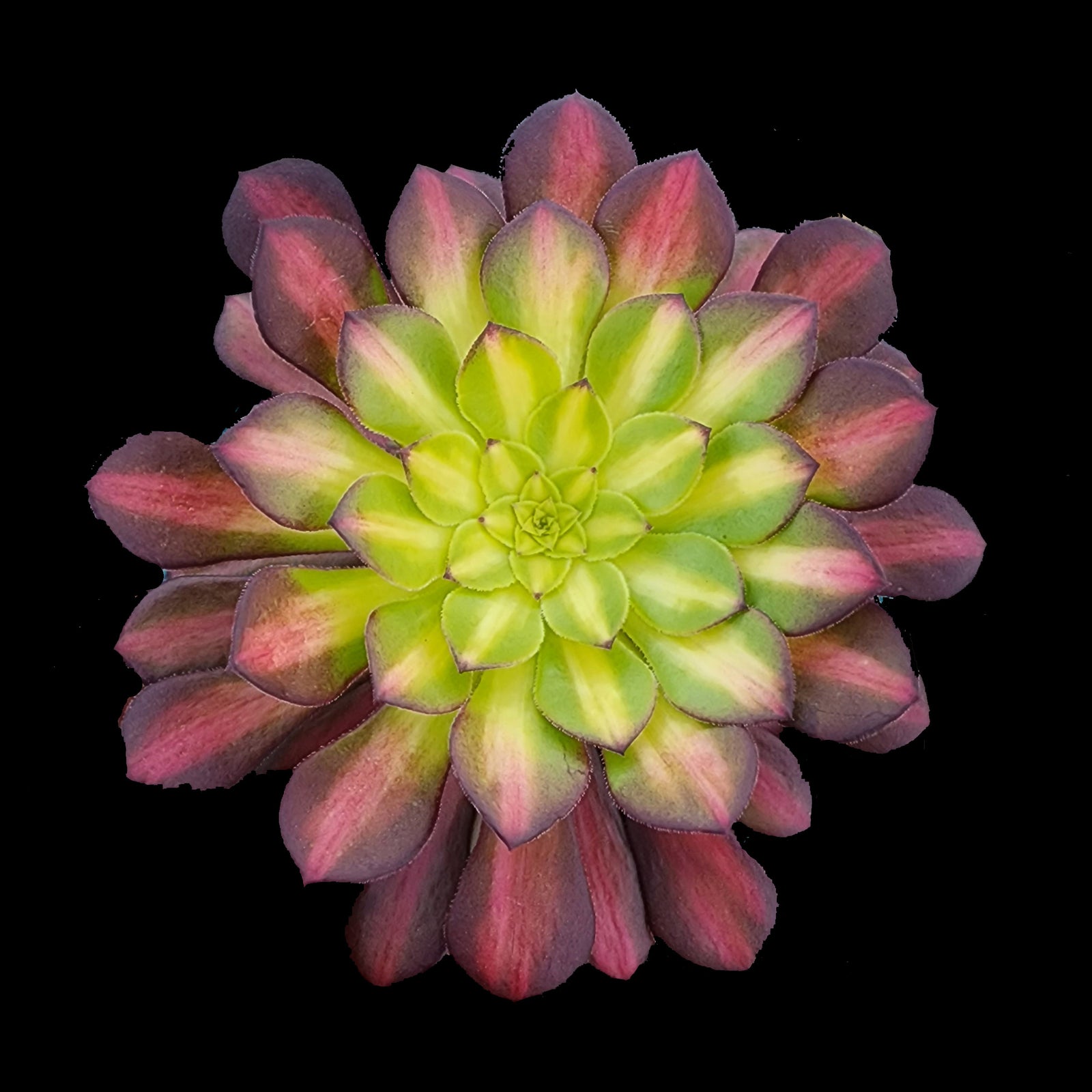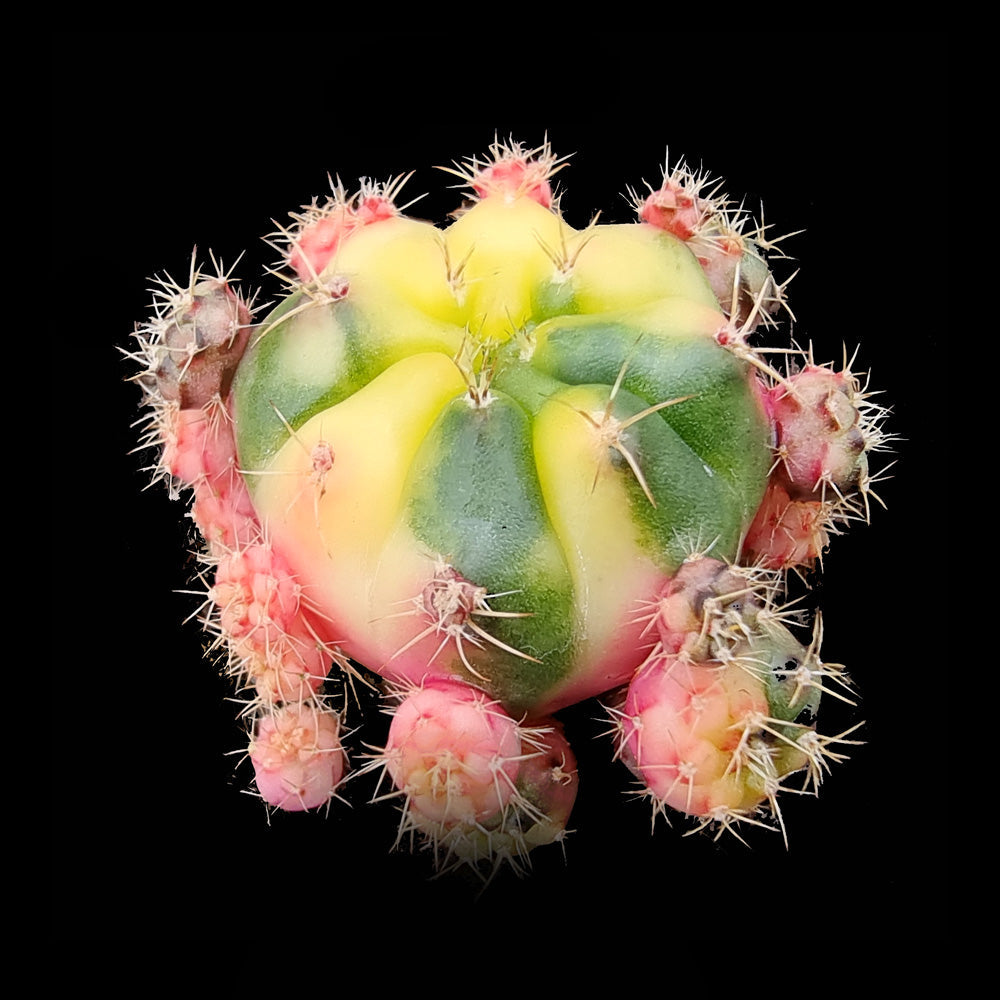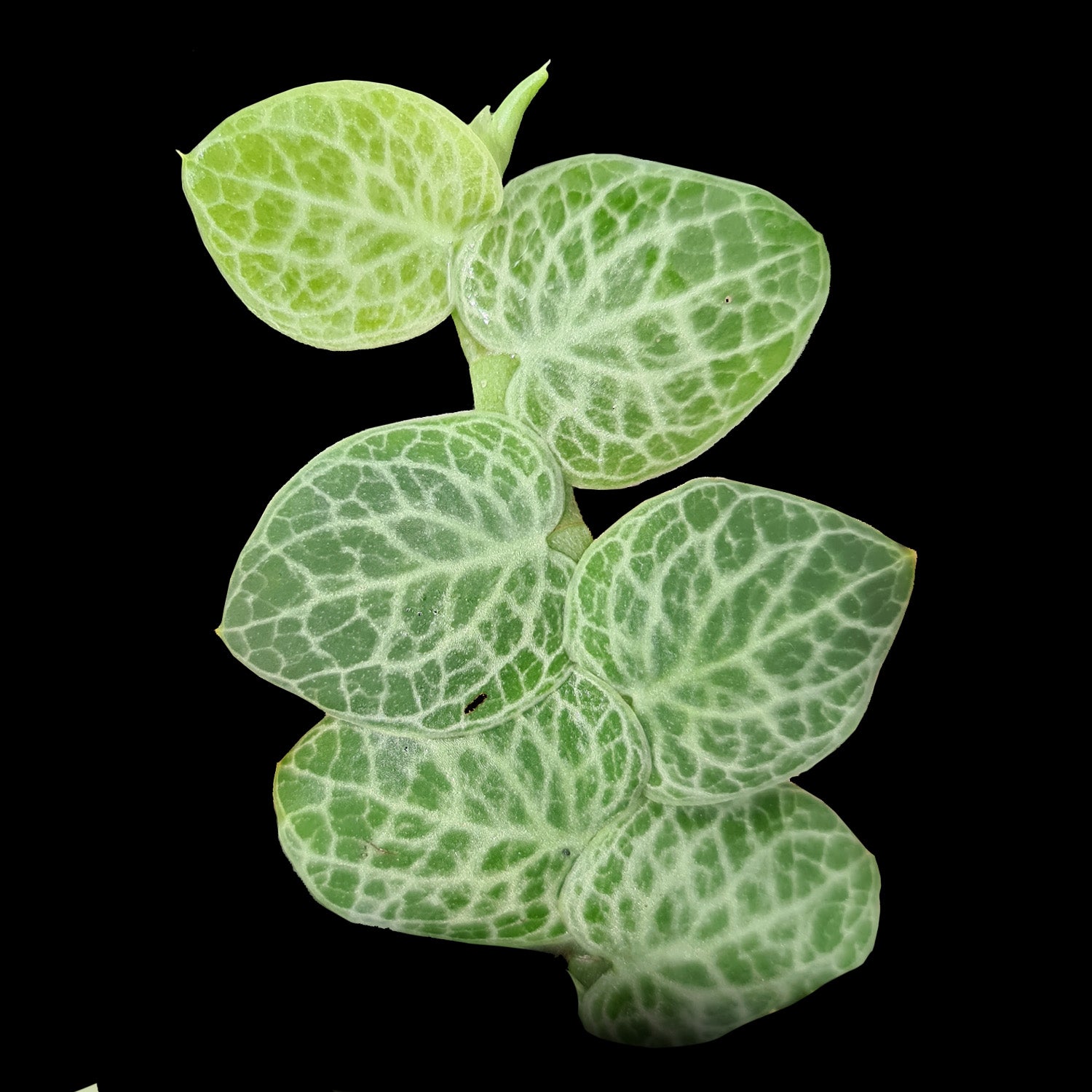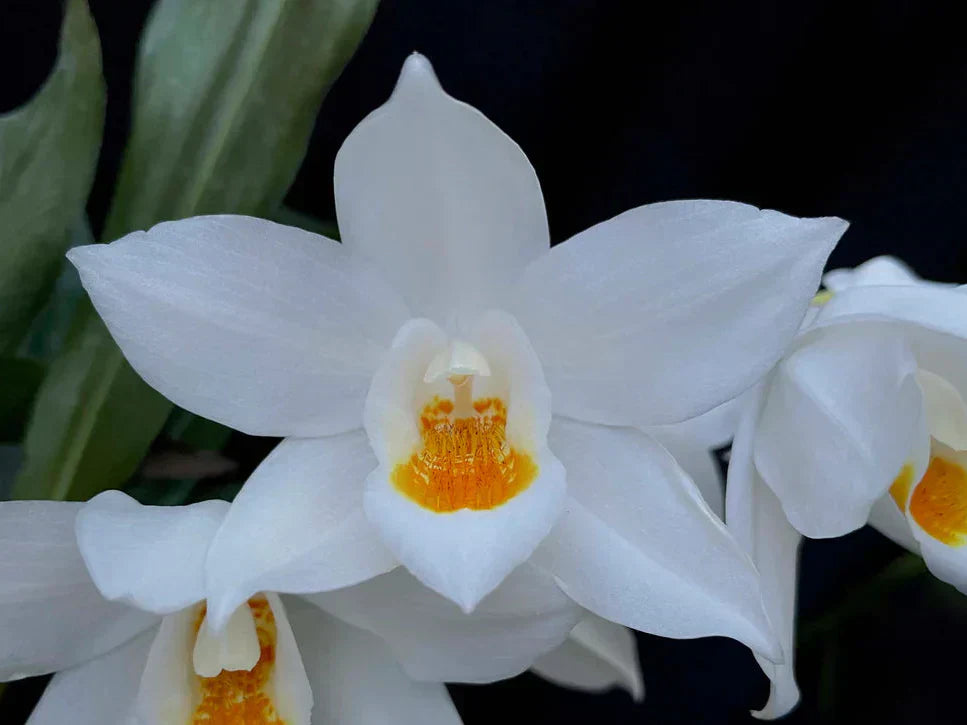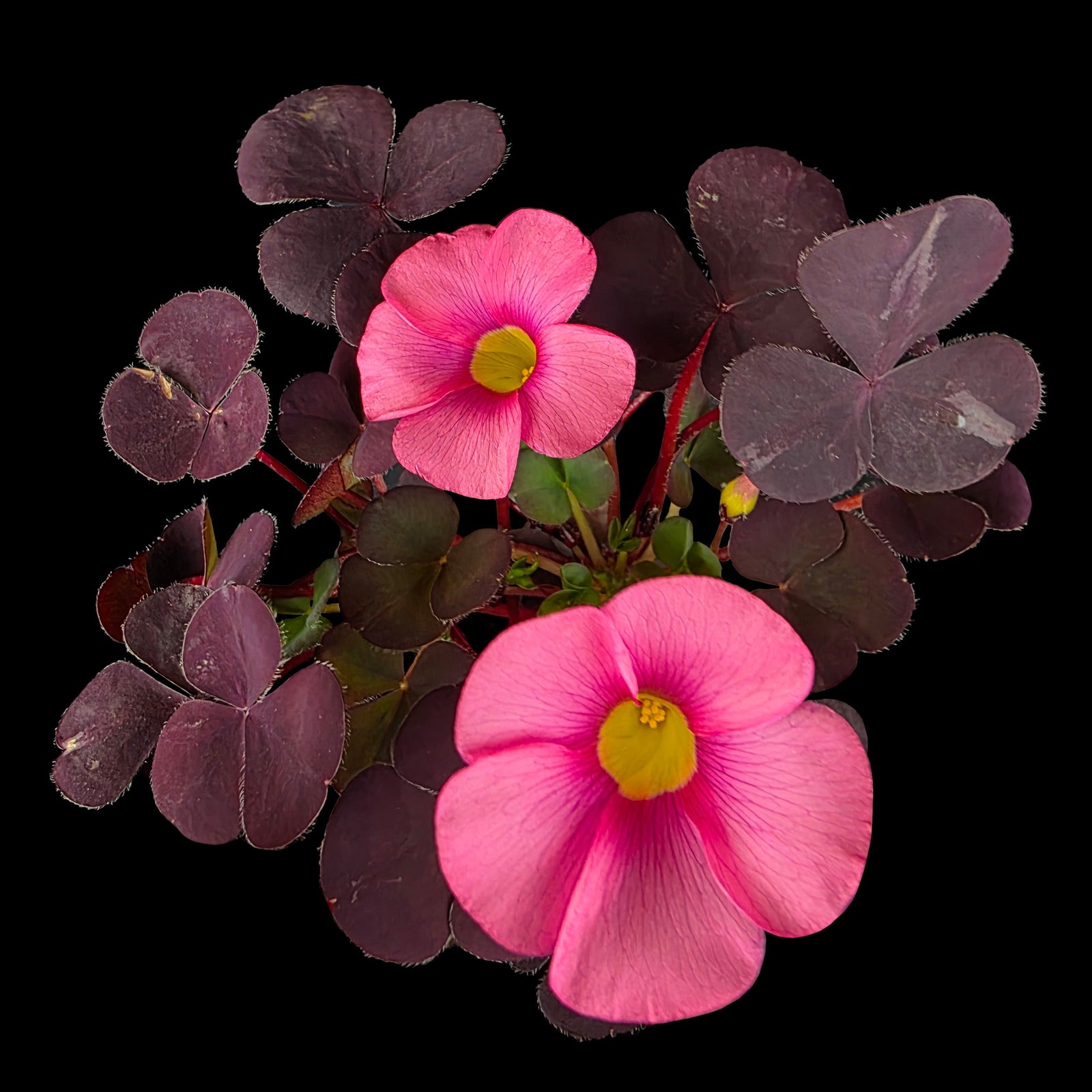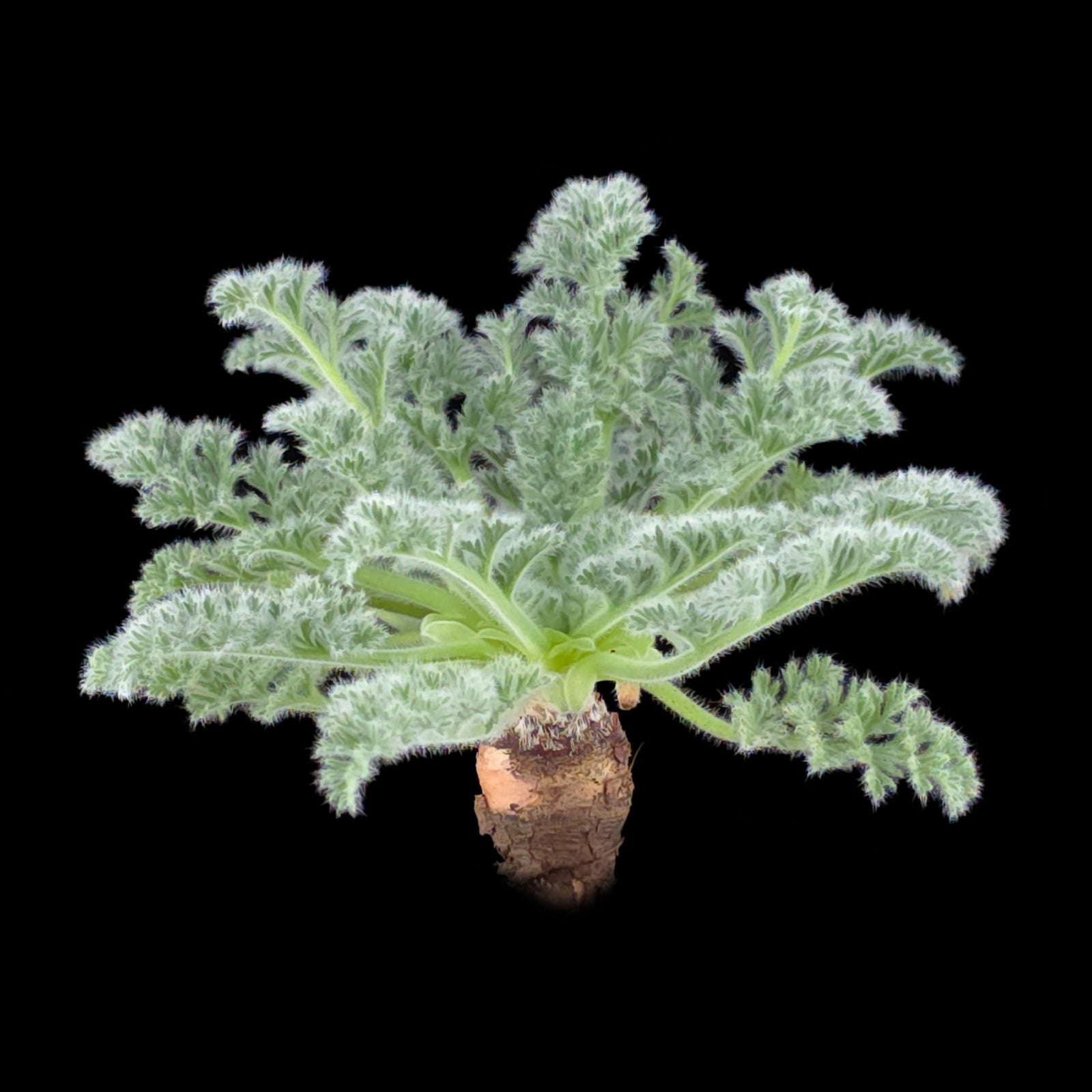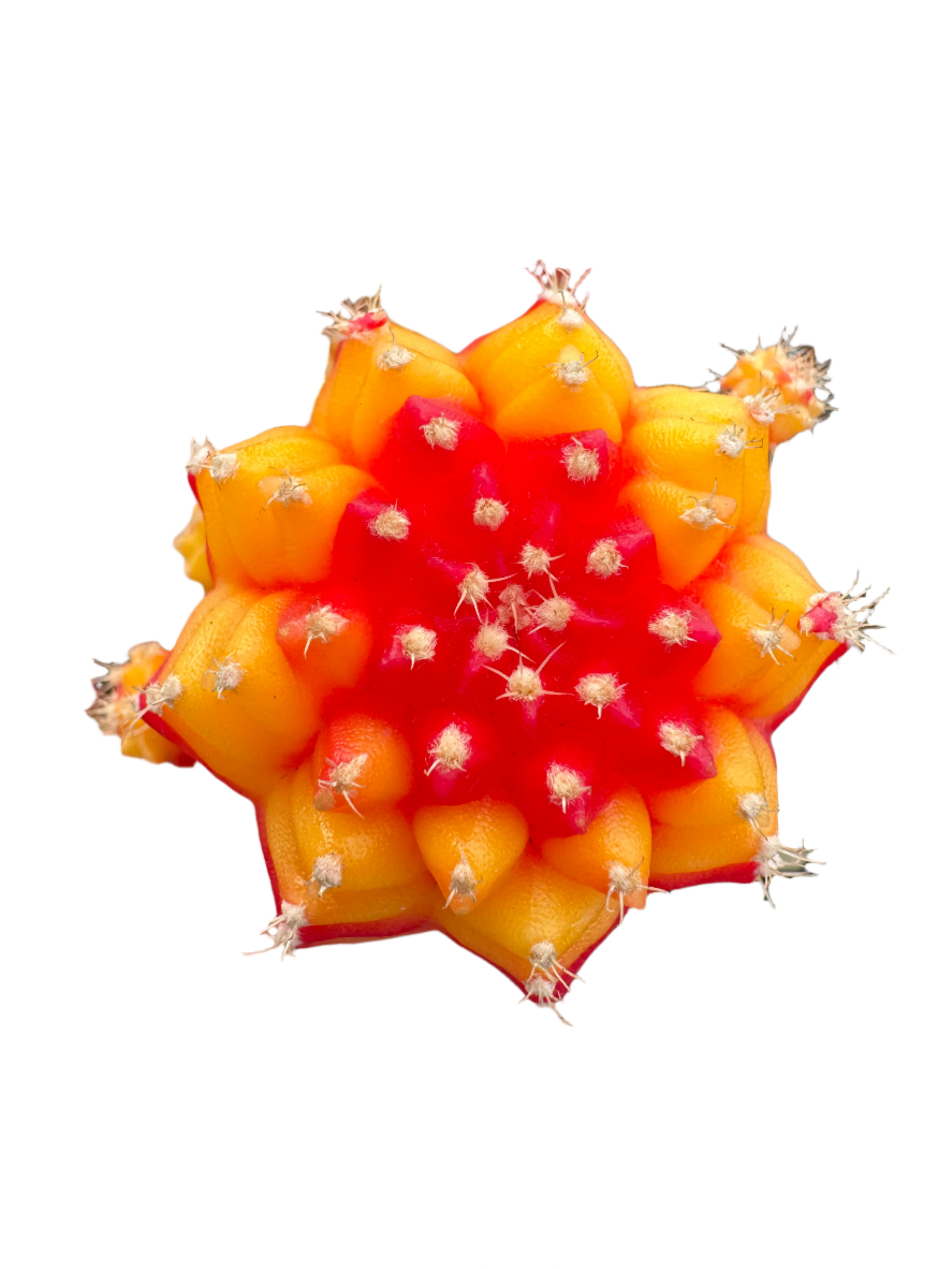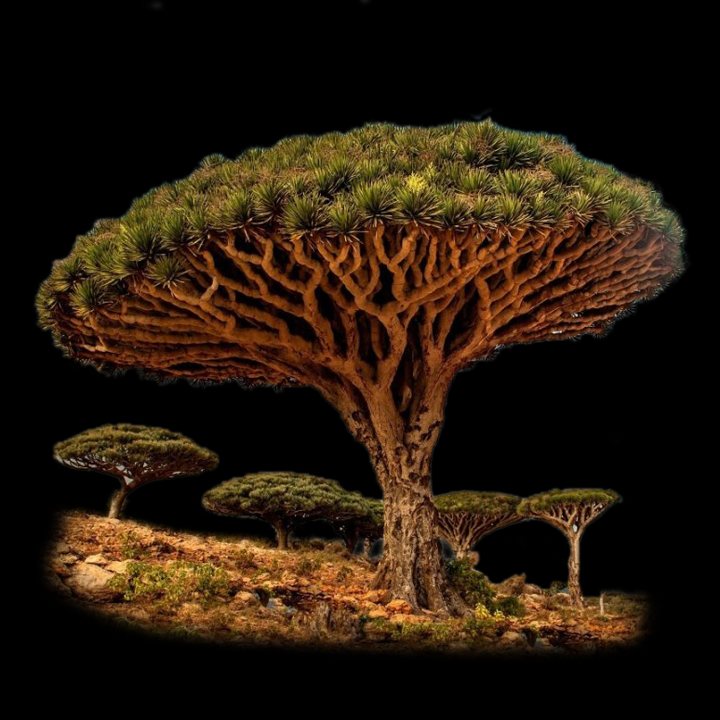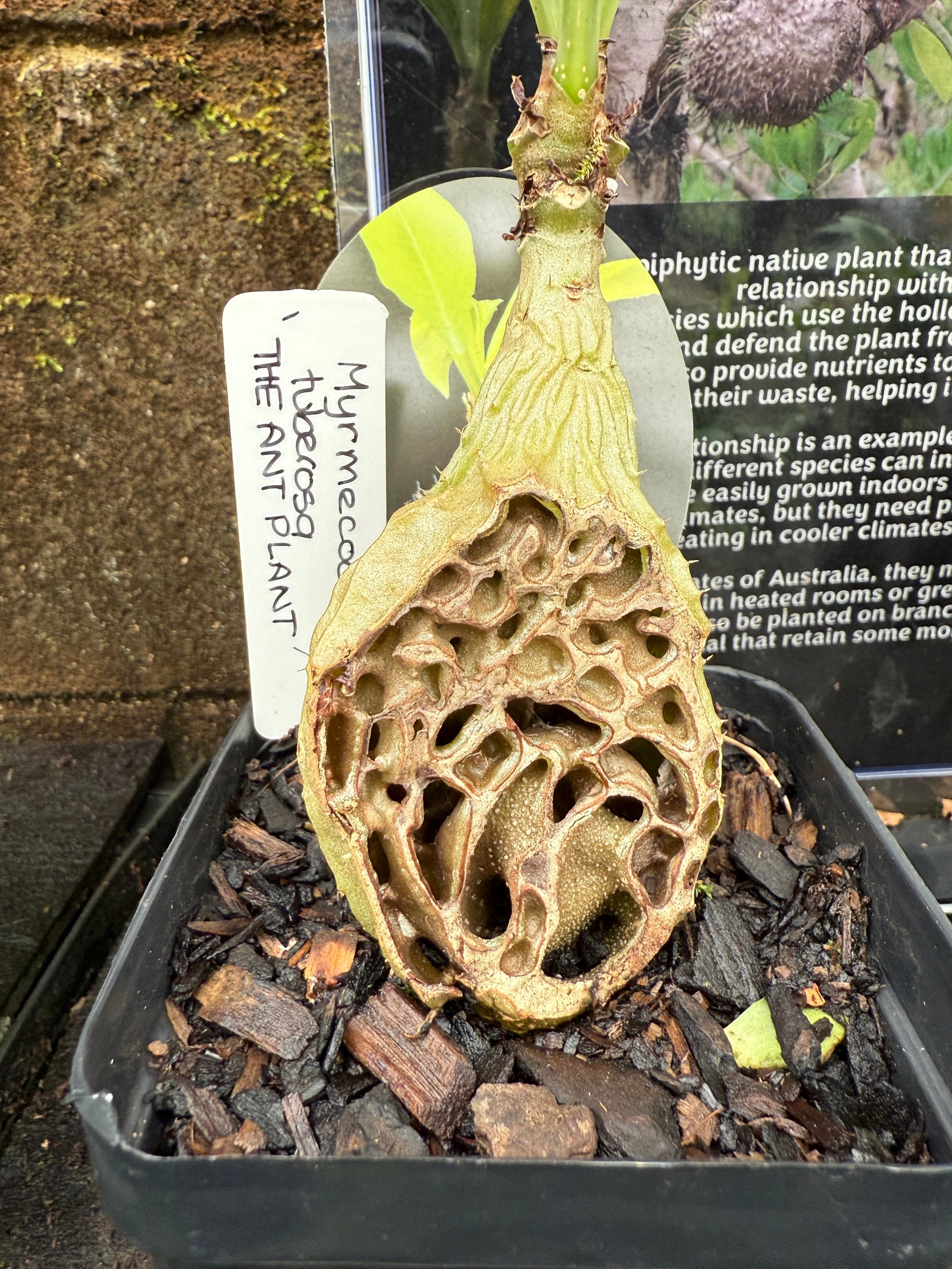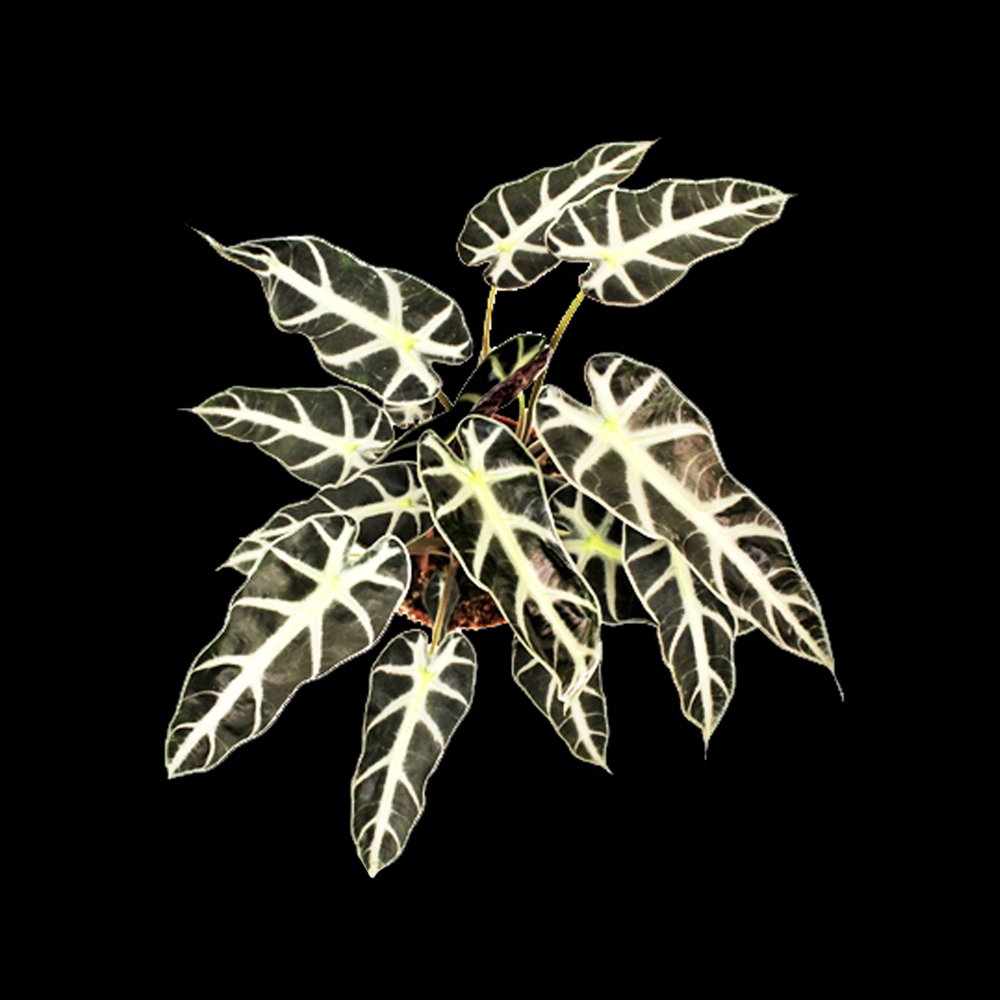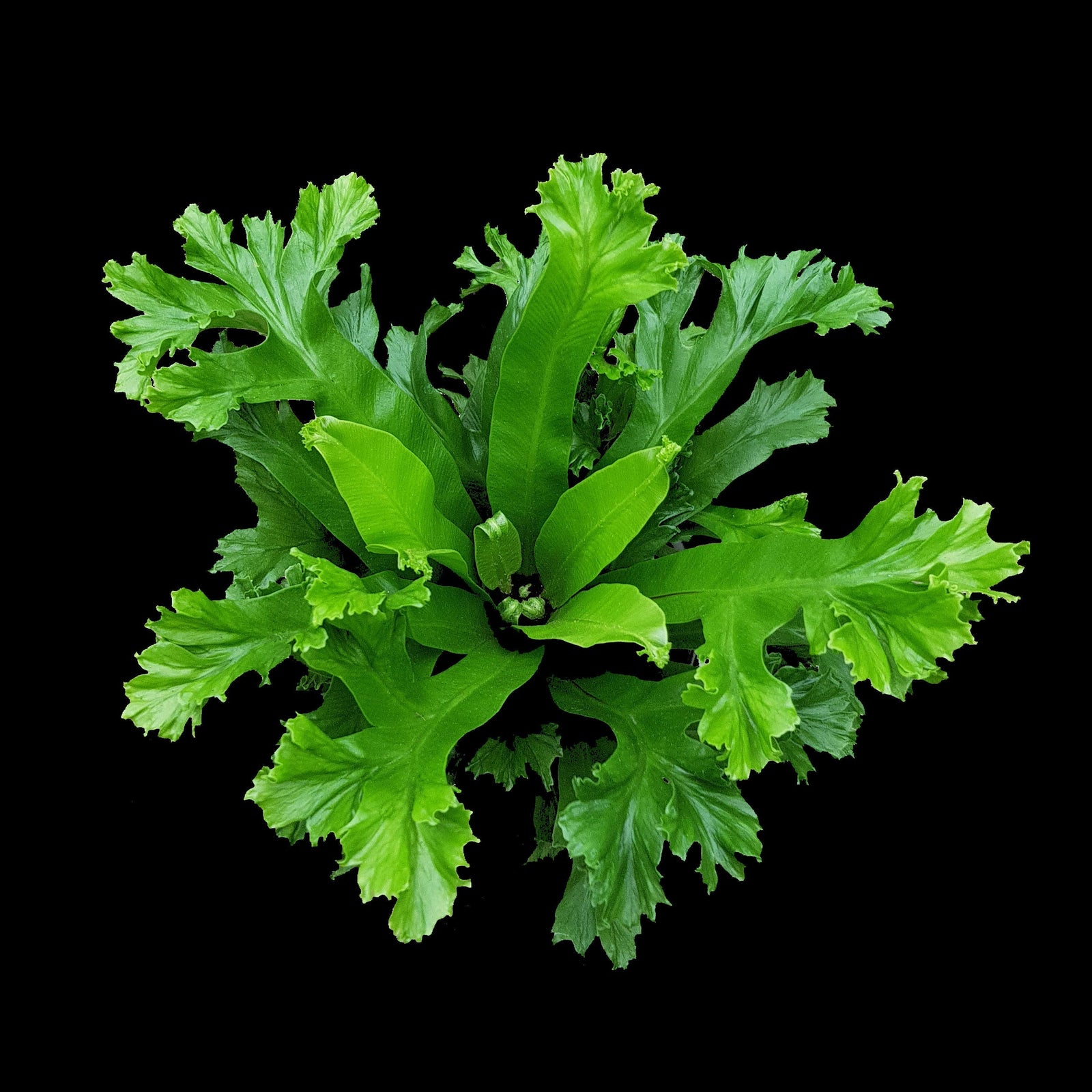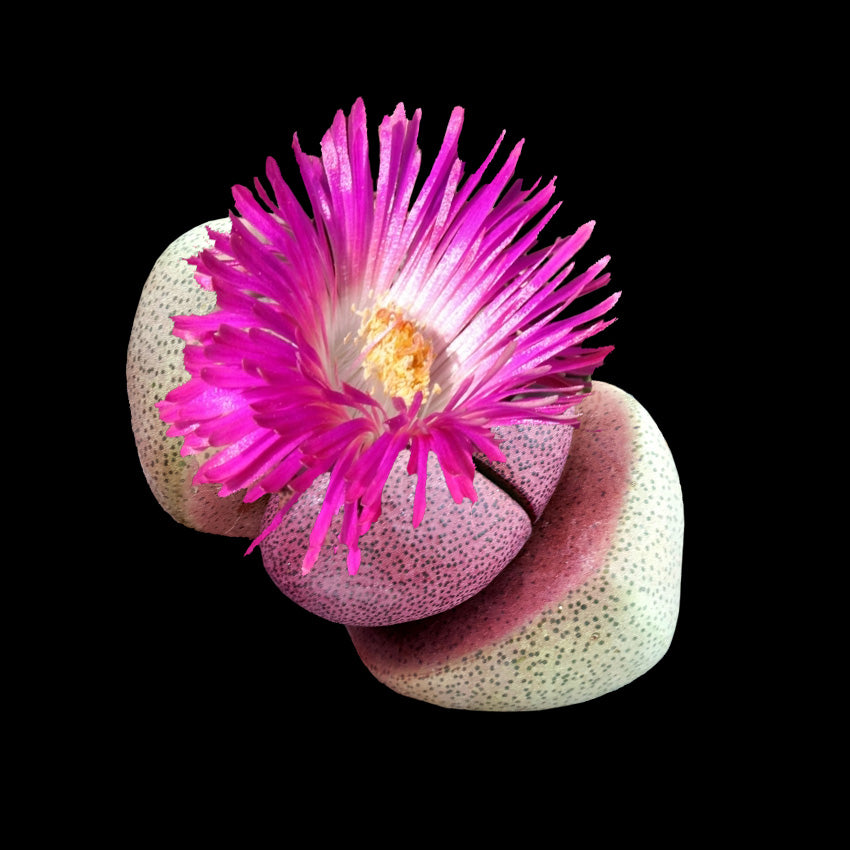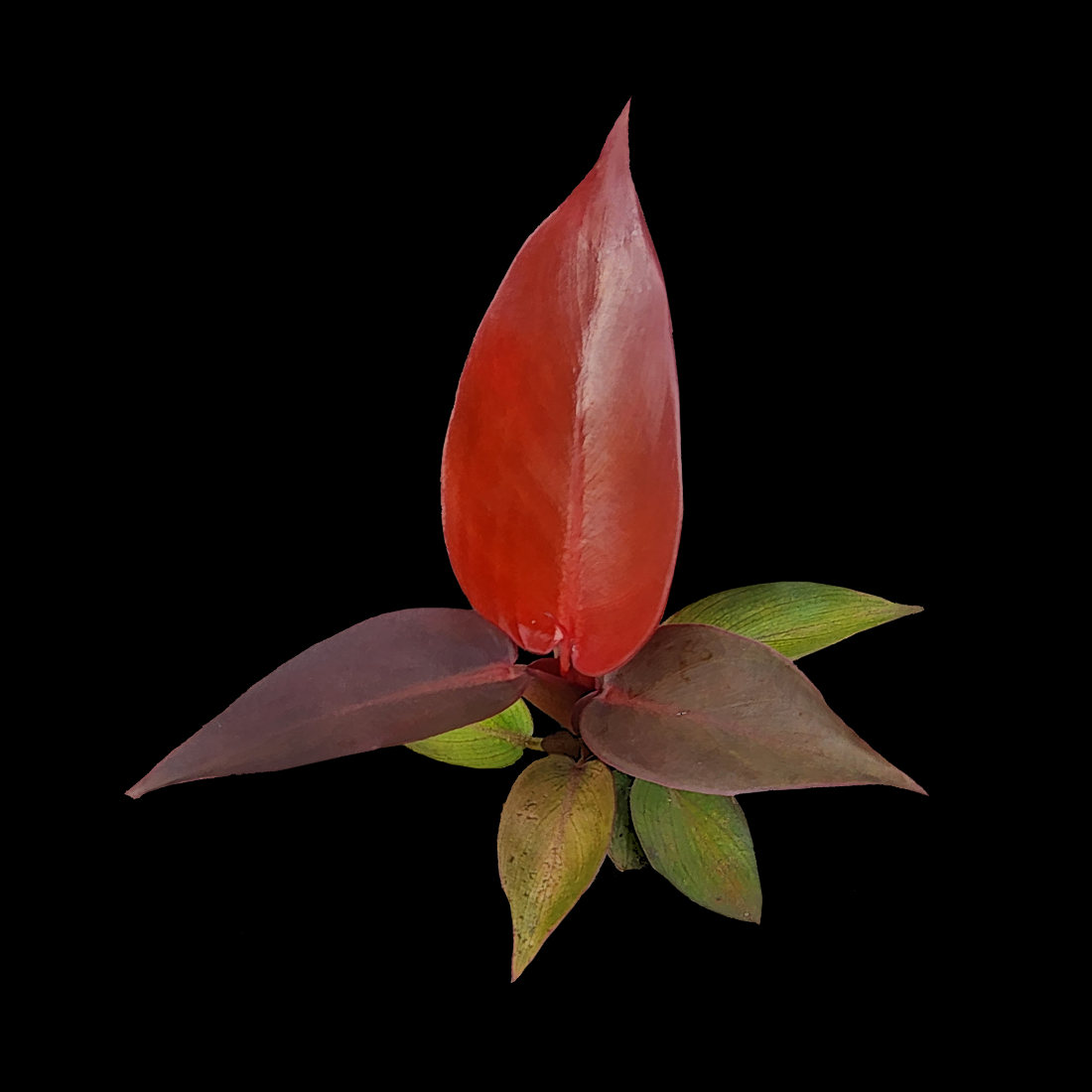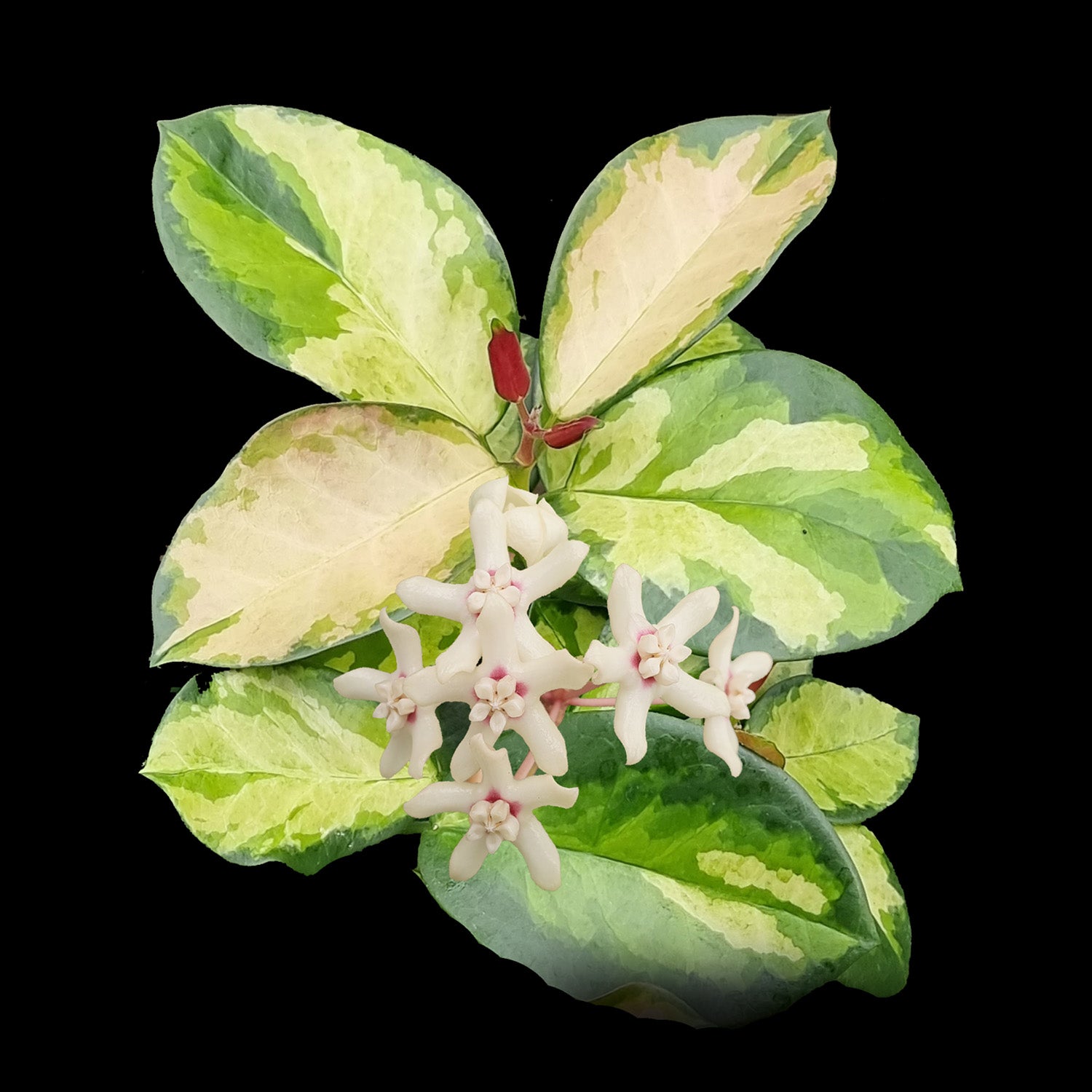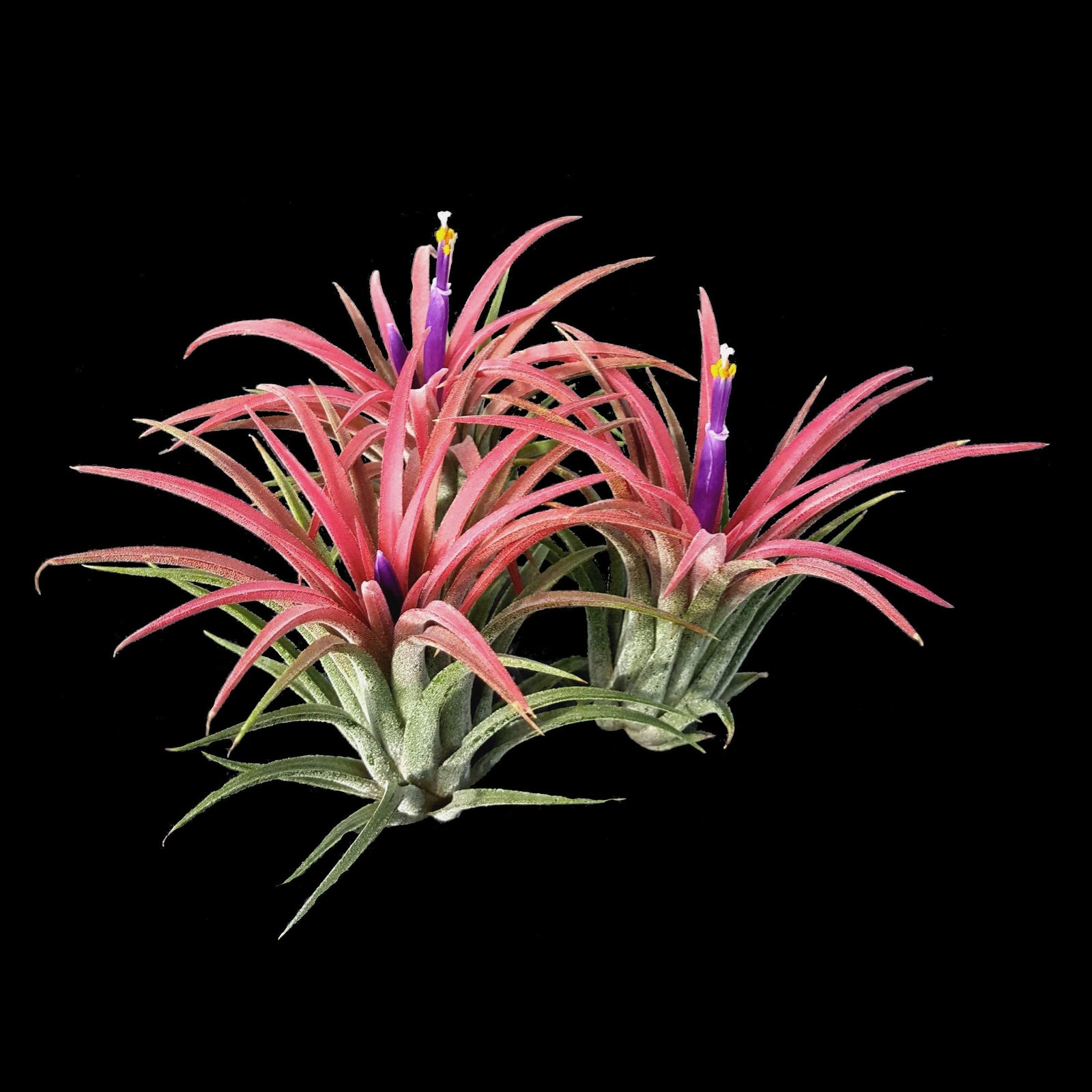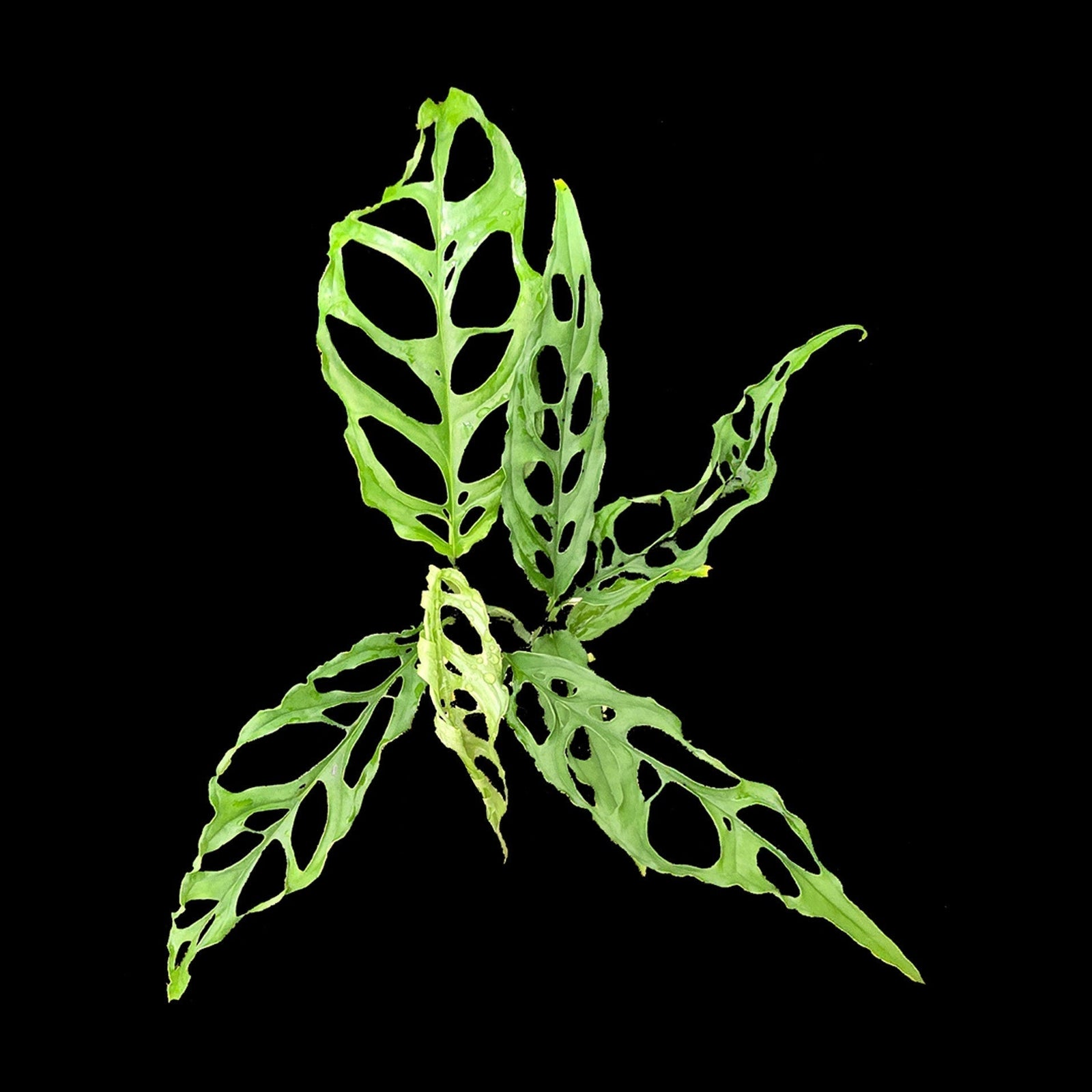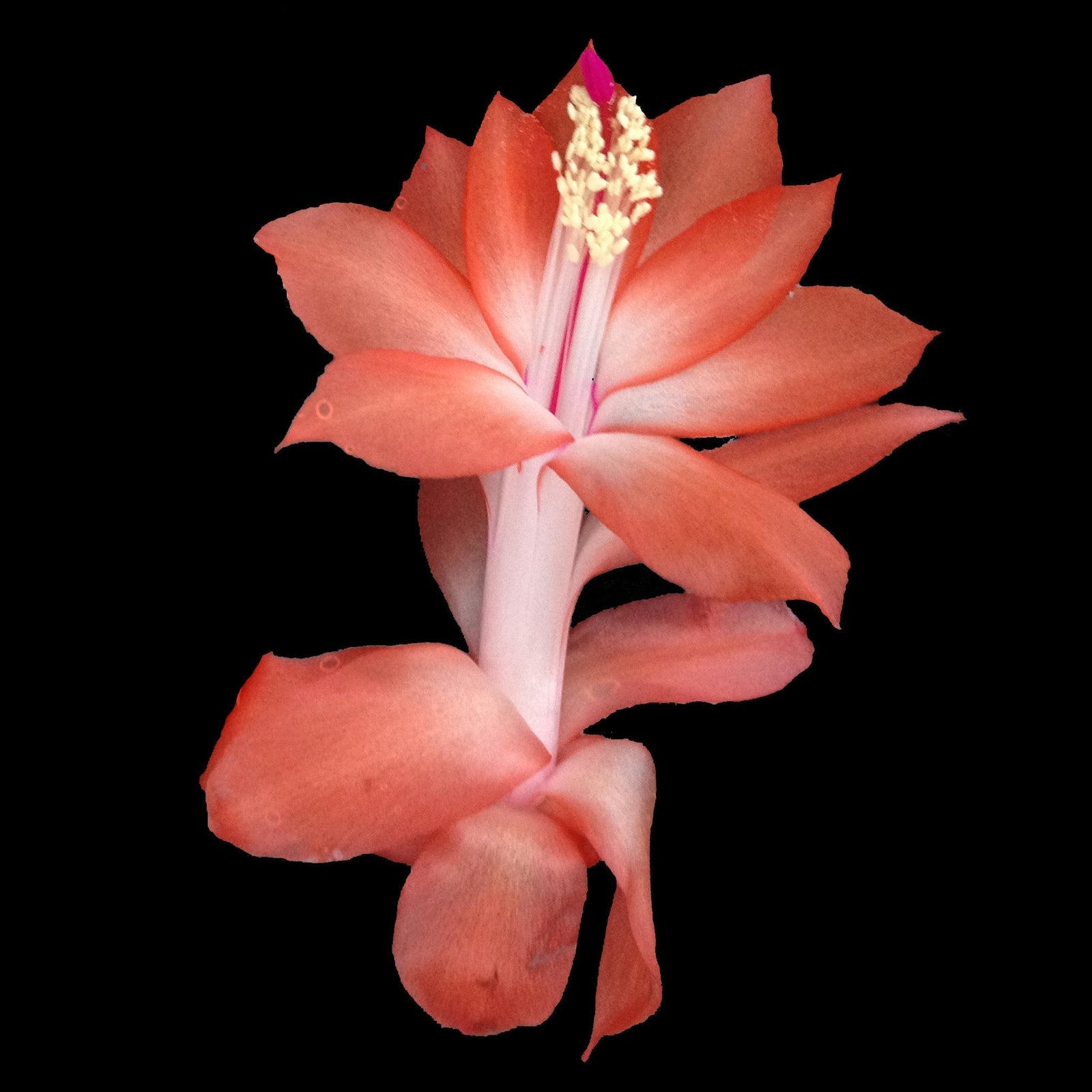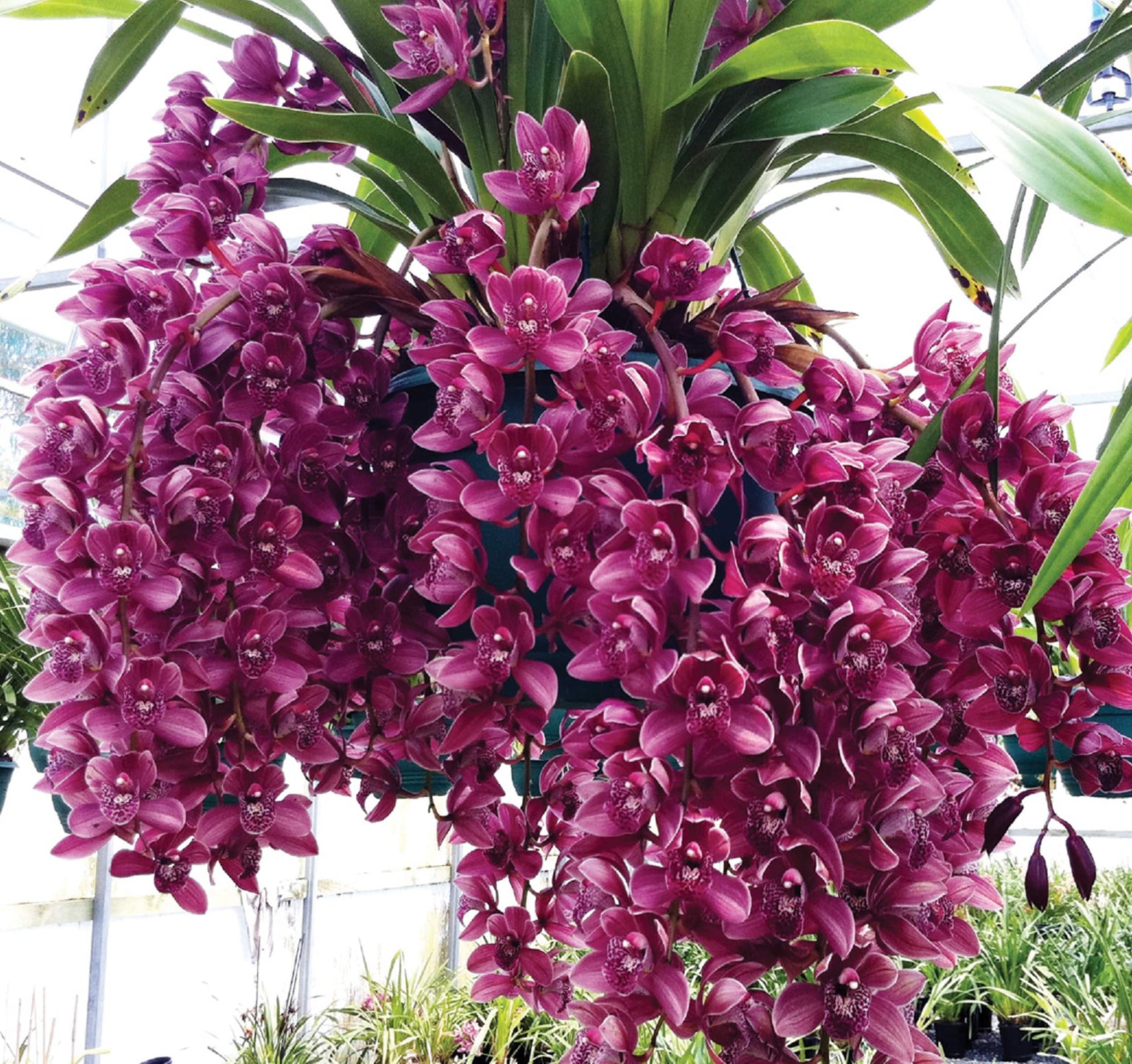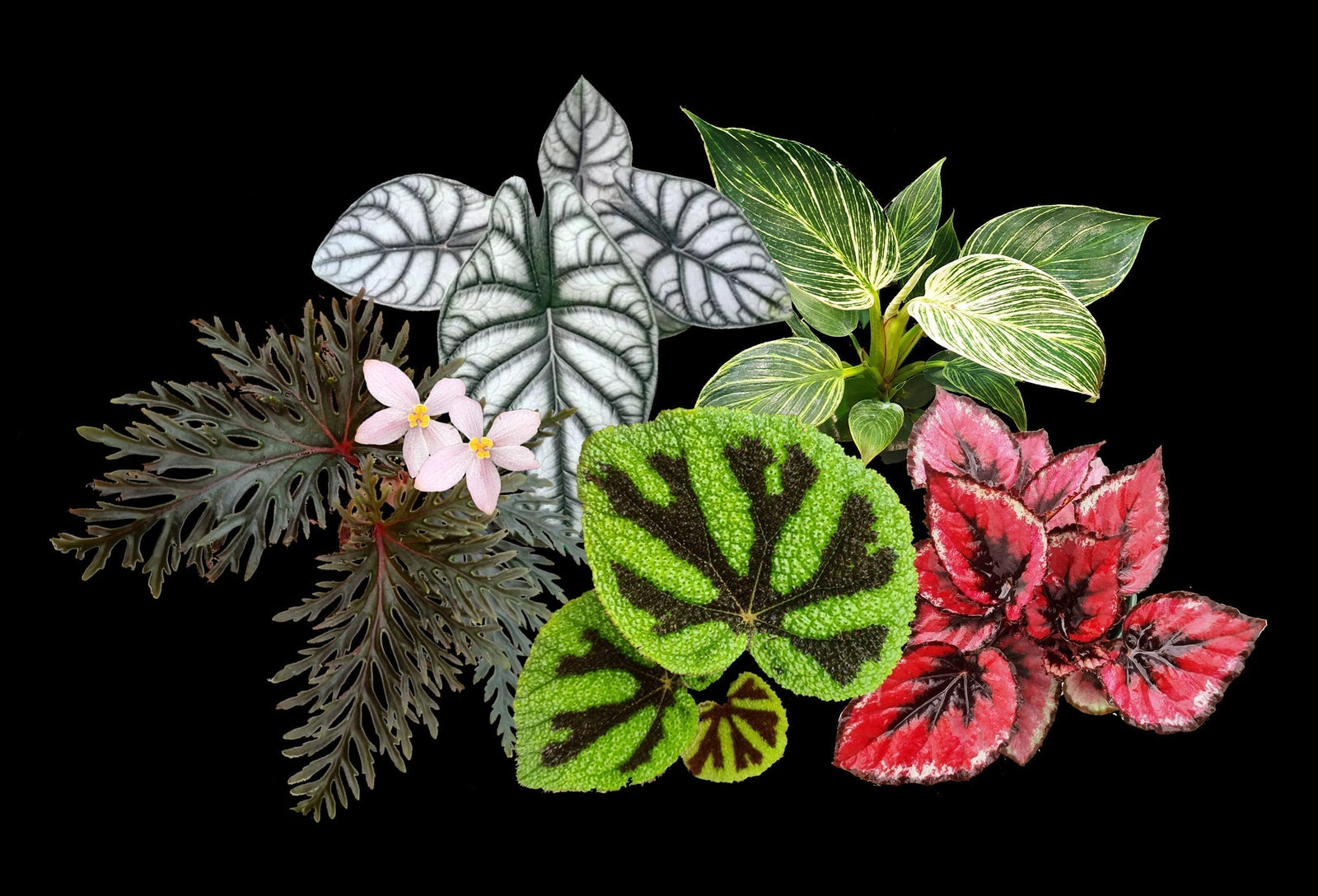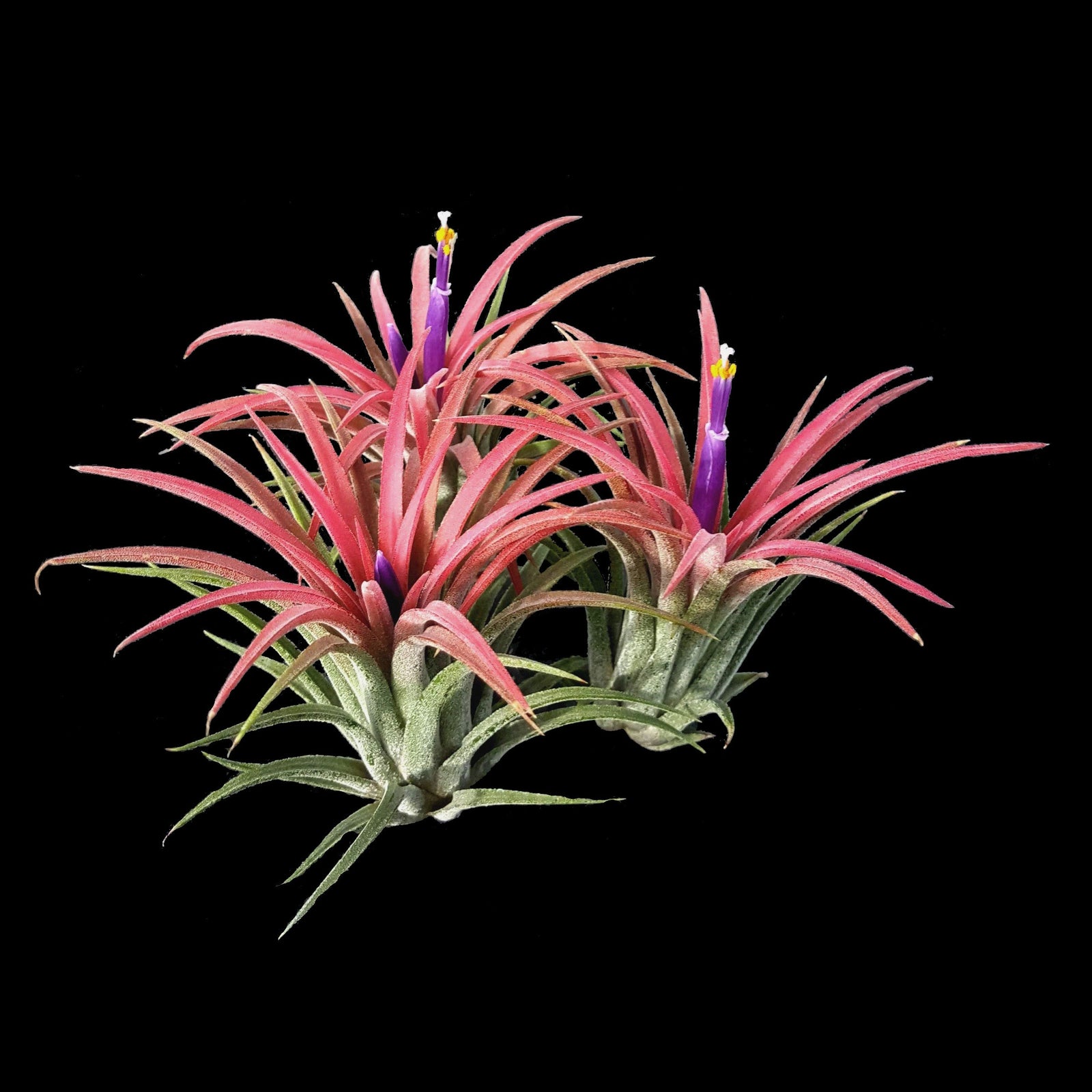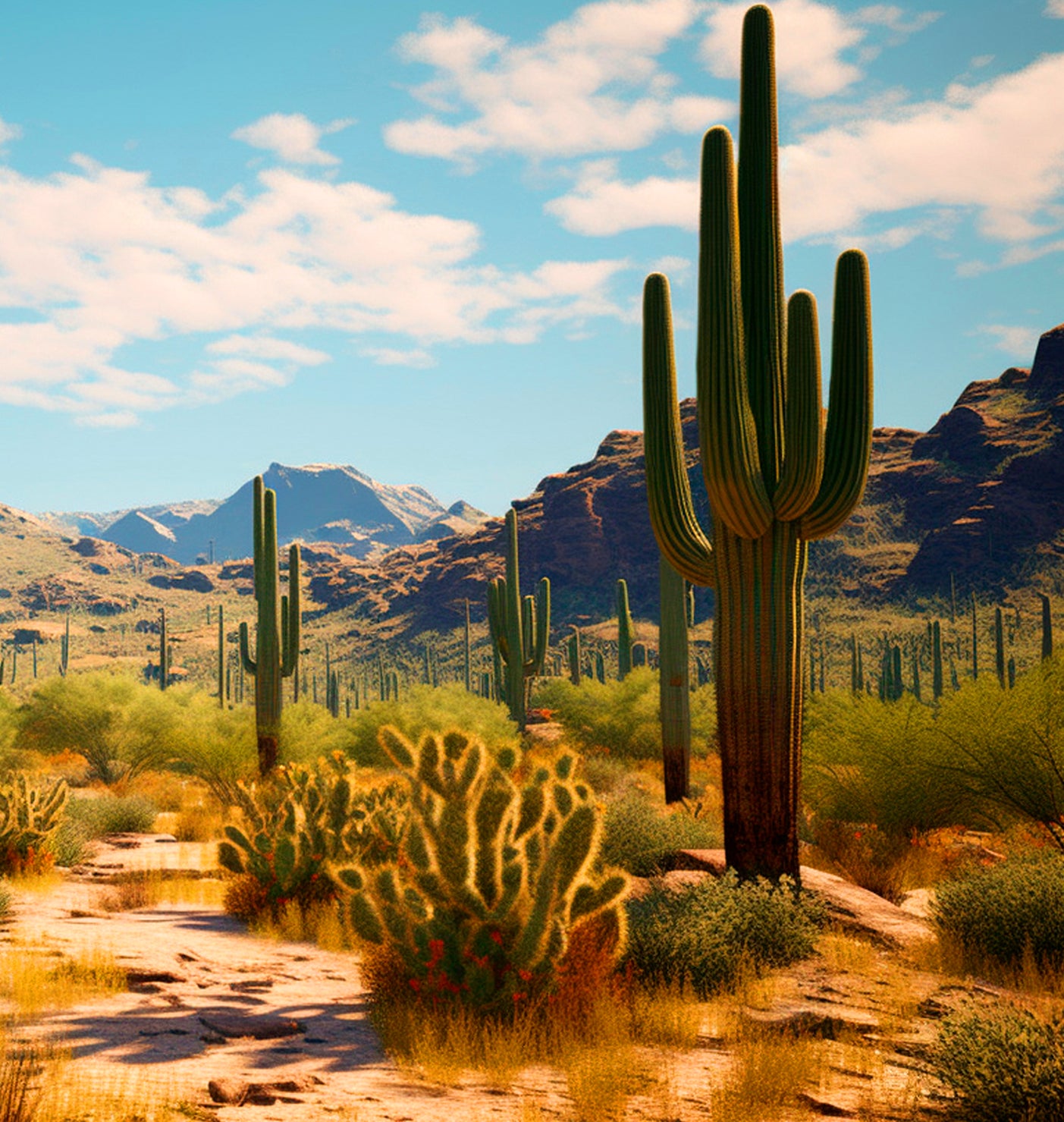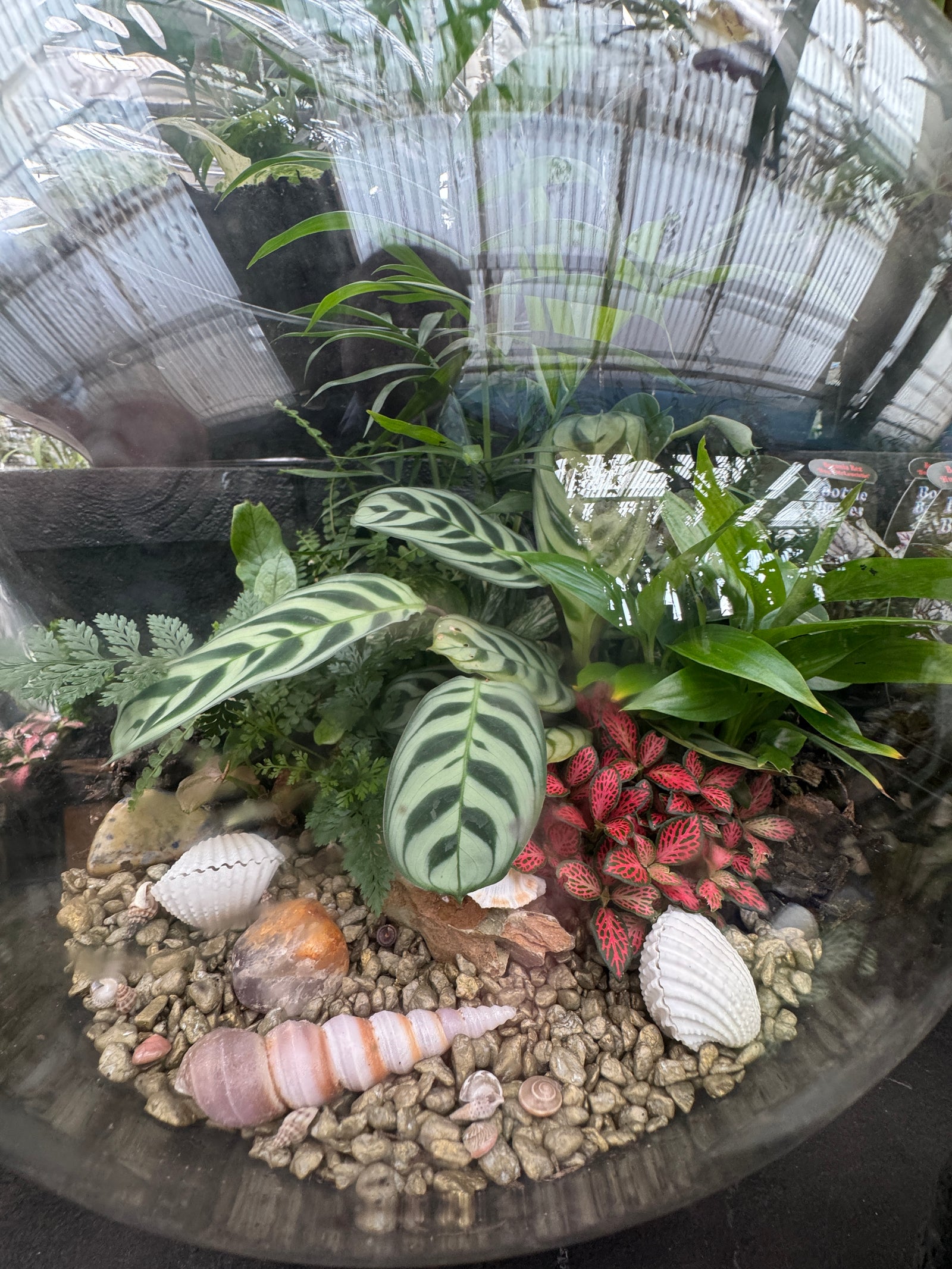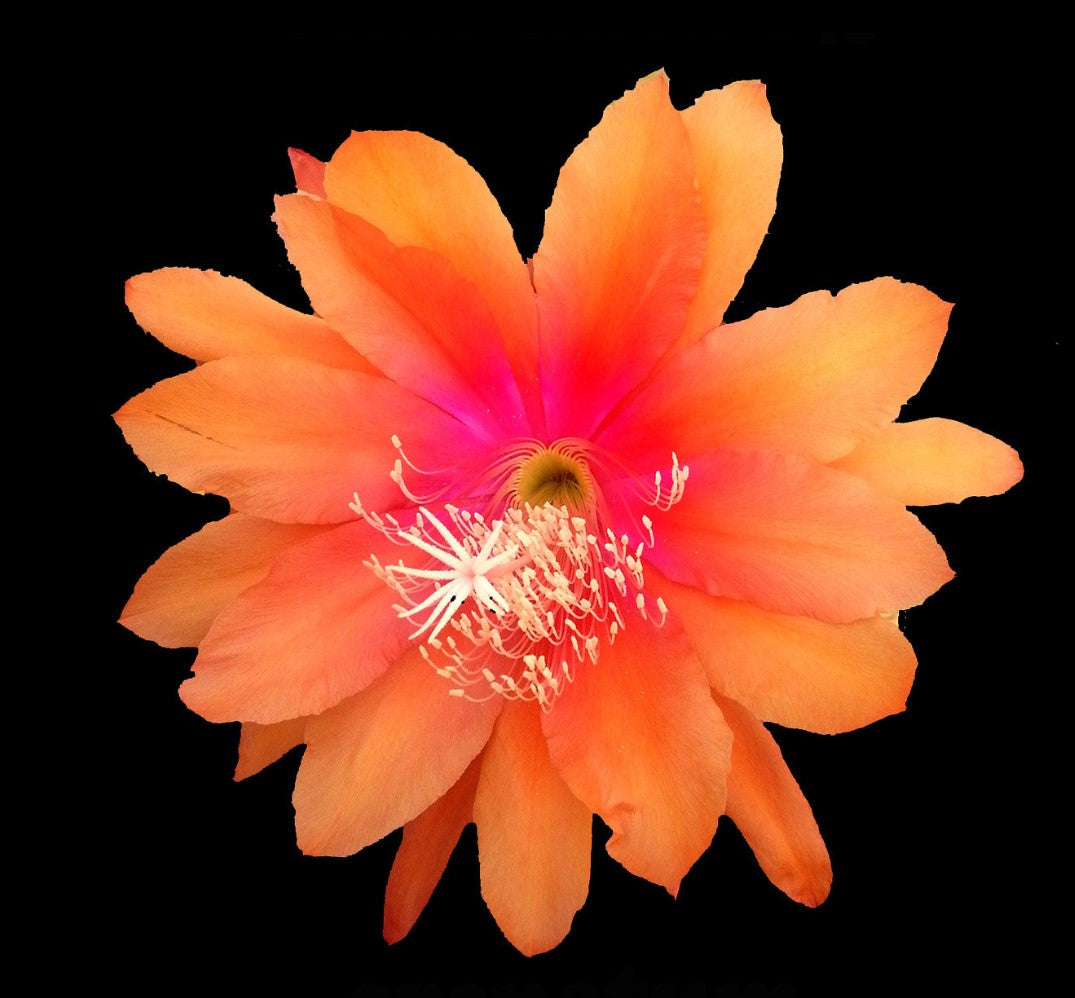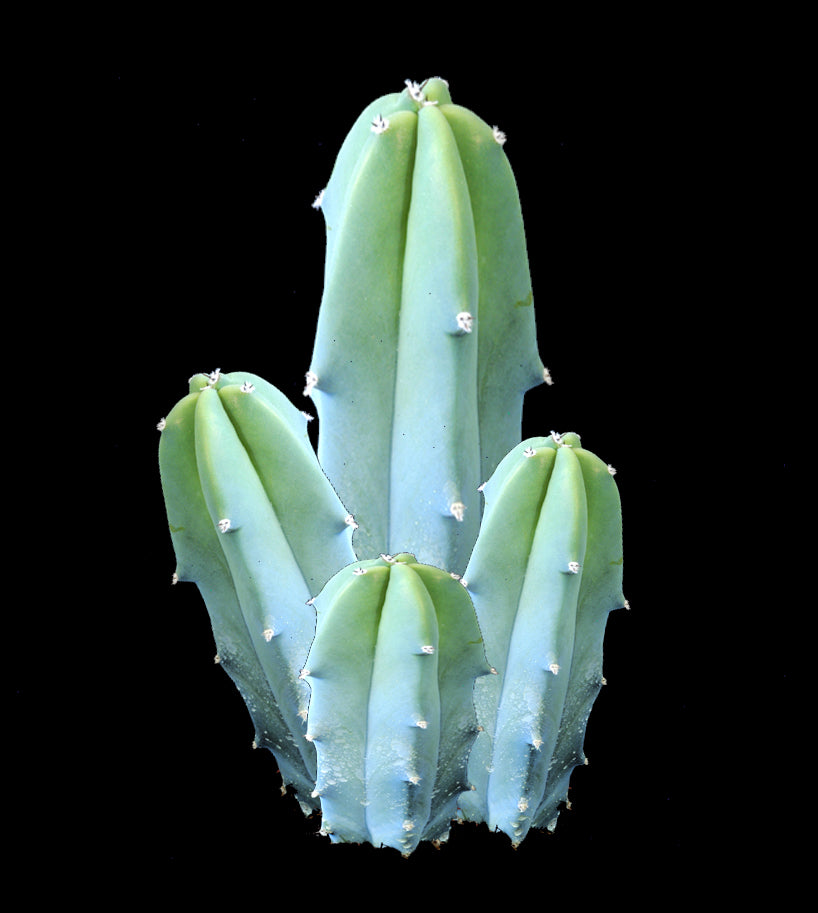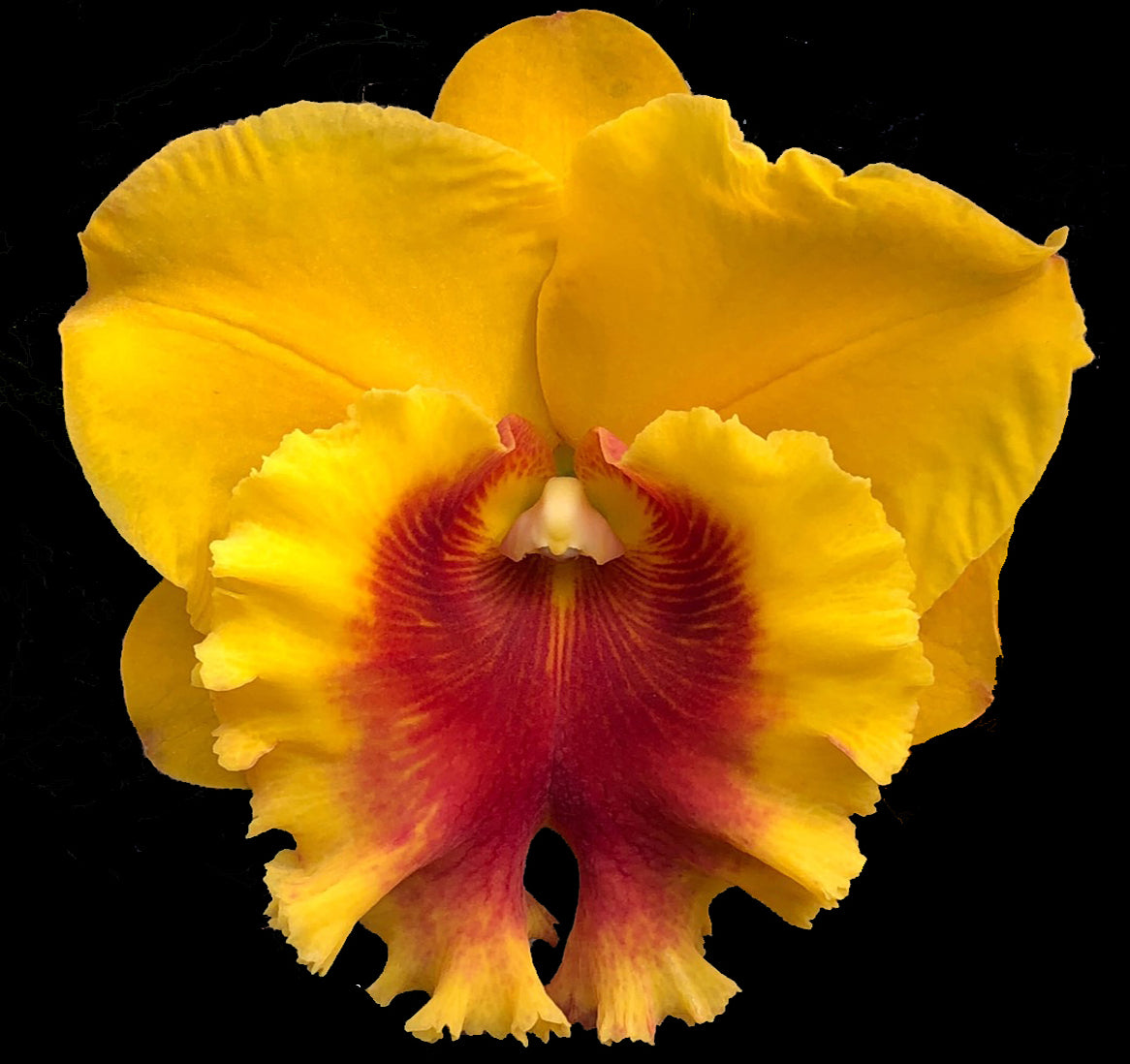Unfolding Beauty: Why Aeonium arboreum is Perfect for Every Succulent Lover
Step into the captivating world of Aeonium arboreum! Renowned for their rosette-forming beauty and architectural growth, these succulents are both highly collectible and surprisingly easy to grow. Discover their rich history and learn how to cultivate them to thrive in your Australian garden or in pots.
If you're looking for a succulent that combines dramatic beauty, fascinating growth, and surprisingly forgiving nature, look no further than Aeonium arboreum. These striking plants, often called 'Tree Aeoniums' due to their woody stems, are a fantastic choice whether you're taking your first steps into succulent care or you're a seasoned collector seeking unique and visually captivating additions. Their distinct rosettes and often vibrant colours make them standout features in any garden or pot.
---A Glimpse into Aeonium History
Hailing predominantly from the Canary Islands off the coast of Africa, Aeoniums have evolved to thrive in a mild, Mediterranean-like climate. Unlike many succulents that prefer scorching sun and extreme drought, Aeoniums often flourish during the cooler, wetter months and enter a period of dormancy in the heat of summer. This unique growth cycle is key to understanding their care.
The genus Aeonium includes a diverse range of species, but Aeonium arboreum and its many cultivars are particularly popular for their tree-like growth habit and striking rosette formations. Over time, these plants have travelled the globe, captivating gardeners and becoming beloved fixtures in succulent collections worldwide for their architectural form and often colourful foliage.
---Meet Some Stunning Aeonium arboreum Varieties
The beauty of Aeonium arboreum lies not just in its form but also in the incredible array of colours and leaf shapes offered by its cultivars. Here are a few showstoppers:
- Aeonium arboreum 'Pink Witch' (Aeonium arboreum 'Pink Witch'): This cultivar truly blushes, displaying beautiful pink and green variegated rosettes that deepen in colour with good light.
- Aeonium arboreum 'Kilauea' (formerly 'Kilaminjaro') (Aeonium arboreum Kilauea (Kilaminjaro)): Named for its resemblance to volcanic lava, 'Kilauea' features dark, almost black foliage that contrasts strikingly with its green center or newer growth.
- Aeonium arboreum 'Red Fuji' (Aeonium arboreum 'Red Fuji'): A majestic variety known for its large, green rosettes often edged or flushed with rich red, especially when exposed to strong sunlight or cooler temperatures.
- Aeonium arboreum 'Picasso' (Aeonium arboreum 'Picasso'): An artistic masterpiece, 'Picasso' boasts variegated leaves with splashes of cream, green, and pink, creating a unique painterly effect on each rosette.
Cultivating Aeonium arboreum: In the Garden and In Pots
One of the best features of Aeonium arboreum is its versatility. It can be a stunning addition to your garden beds in suitable climates or grown as a captivating potted specimen on a patio or indoors in colder regions.
☀️ Light: Sun-Lover, with a Caveat
Aeoniums generally love bright light. In most Australian regions, full sun is ideal for promoting vibrant colours and compact growth, especially during their active growing season (autumn to spring). However, in extremely hot climates (e.g., intense summer sun in Perth or parts of Queensland), some afternoon shade can prevent scorching, especially during their summer dormancy.
💧 Watering: The Dormancy Difference
This is where Aeoniums differ from many other succulents. They are winter growers and summer dormant.
- Active Growth (Autumn to Spring): Water thoroughly when the soil is dry to the touch. They will appreciate more frequent watering during this period than many other succulents.
- Dormancy (Summer): Significantly reduce watering, or even withhold it completely. The rosettes may close up or shrivel slightly – this is normal! Watering during summer dormancy can lead to rot. Resume watering when cooler weather returns.
🌡️ Temperature: Mild is Best
Aeoniums prefer mild temperatures and can tolerate light frosts, but they are not reliably frost-hardy. In areas with harsh winters, growing them in pots allows you to bring them indoors or under shelter to protect them from freezing temperatures. In warmer, frost-free regions, they can remain outdoors year-round.
🪴 Soil & Drainage: Essential for Health
Like all succulents, Aeoniums require excellent drainage. Whether in the garden or a pot, use a well-draining succulent or cactus mix. If planting in the ground, ensure the soil is sandy or gravely, amending heavy clay soils with plenty of grit. Good drainage prevents root rot, especially during their wetter growing season.
📏 Pruning & Propagation: Keeping Them Happy
As Aeonium arboreum grows, it forms branches and can become quite tall. You can prune them to maintain shape, encourage bushier growth, or reduce their height. The cut rosettes and stem sections can often be easily propagated by allowing the cut end to callus for a few days, then placing it on dry soil until roots form. This is a great way to expand your collection or share with friends!
---A Resilient and Rewarding Addition
Aeonium arboreum succulents truly offer the best of both worlds: they are strikingly beautiful and diverse enough to satisfy even the most avid collector, yet their straightforward needs make them accessible and forgiving for beginners. Understanding their unique growth cycle, especially their summer dormancy, is the key to their long-term health and vibrant display.
Ready to add these living sculptures to your collection?
- Aeonium arboreum 'Pink Witch'
- Aeonium arboreum Kilauea (Kilaminjaro)
- Aeonium arboreum 'Red Fuji'
- Aeonium arboreum 'Picasso'
Dive into the world of Aeoniums and watch your succulent collection transform!











